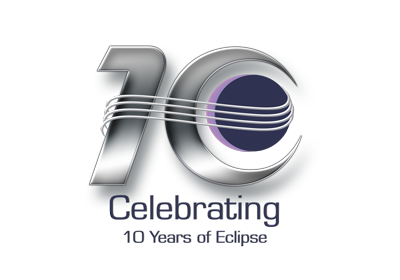Google Earth: 150 unusual buildings on Earth
This database shows the location and photos of 150 of the most unusual buildings in the world. Everything from building the form
of a duck in New York, a large arch of Defense in Paris. Of buildings made of glass in buildings made of clay or even rusty
containers, which should house siding to make them livable. Of course, this is a subjective list, and I’m sure there are many
buildings missing. But I think you’ll find all the buildings on this list, is unique in some way.
You can download KML file HERE
Air Conditioning the US Military Costs More Than NASA’s Entire Budget
According to Steve Anderson, a retired brigadier general who served as Gen. Petraeus’ chief logistician in Iraq, the Department of Defense spends $20 billion air conditioning tents and temporary structures for the military. That’s more than NASA’s entire $19 billion annual budget.
That cost comes out of the fuel needed to heat and cool tents on the front lines. However, the trucks that transport this fuel have become targets for IEDs used by the insurgency in Iraq and Afghanistan. According to Anderson, at least 1000 soldiers have been killed moving fuel.
Anderson believes that a simple solution would be to instead spray tents with polyurethane foam, kind of like the foam sealant you would use in your own home. In fact, an active $95 million contract to insulate tents is producing $1 billion in cost avoidance, proving it’s both safer and greener than air conditioning the desert. Doing this while also searching for other energy-efficient solutions would save both money and lives.


